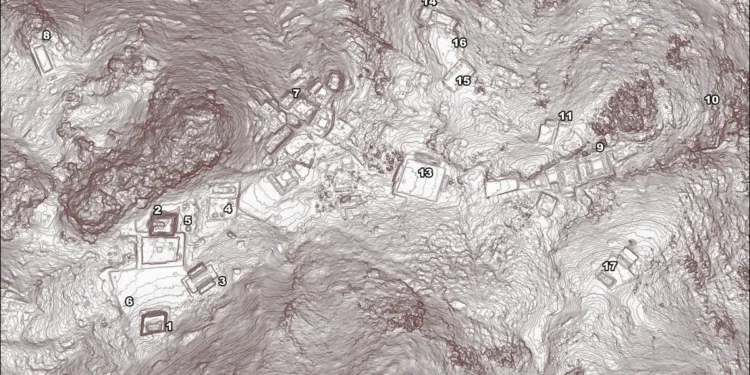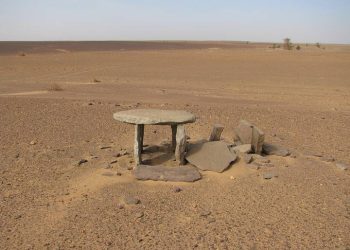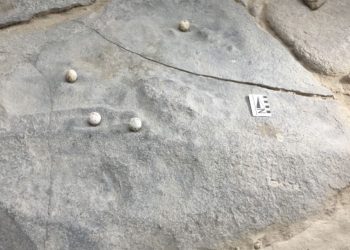A long-lost Zapotec city buried beneath dense vegetation in southern Mexico has been rediscovered using advanced laser scanning technology. The findings reveal an expansive settlement with defensive walls, urban planning, and monumental structures, shedding new light on a civilization that once thrived before mysteriously vanishing centuries ago.
For centuries, Guiengola remained largely unexplored, with archaeologists only able to examine scattered ruins. Now, thanks to lidar scanning, a technology that uses laser pulses to map terrain through thick vegetation, researchers have fully visualized the city’s true scale for the first time.
A research team led by Pedro Guillermo Ramón Celis, a postdoctoral fellow at McGill University, conducted the survey in December 2022, producing a detailed digital reconstruction of the site. Their findings, published in Ancient Mesoamerica on November 8, 2024, confirm that Guiengola was not just a settlement but a strategically built urban center spanning 360 hectares (890 acres).
The City’s Architecture and Defensive Features
The lidar scan exposed more than 1,100 structures, revealing a highly organized city with:
- A network of roads and public spaces, including ballcourts and temples
- Four kilometers of defensive walls, suggesting a history of military conflict
- A central administrative complex, likely the political heart of the city
- Residential districts, with clear distinctions between ruling elites and common citizens
One of the most significant discoveries was a large rectangular structure, measuring 45 by 50 meters, which Celis proposes may have served as the seat of power for Guiengola’s rulers.
A City Caught in Conflict
Guiengola emerged during the Zapotec expansion in the 14th and 15th centuries, as the civilization spread across the Isthmus of Tehuantepec. However, its prosperity was short-lived.
Historical records suggest that in 1497, the Aztecs launched an attack on Guiengola, only to be defeated by the Zapotecs. Archaeologists have now uncovered piles of small river stones in the city’s most fortified areas, which may have been used as ammunition for slingshots during the battle.
Despite resisting the Aztecs, Guiengola was abandoned around 1500, just a few decades before the arrival of the Spanish in 1521. The Zapotec population relocated south to what is now Tehuantepec, leaving the once-thriving city to be reclaimed by nature.
This discovery challenges previous assumptions about the Zapotec civilization, revealing the extent of their architectural and military strategies. The success of lidar in uncovering Guiengola also suggests that many more lost cities may still be hidden beneath Mexico’s forests.
With further excavations planned, researchers believe that this could be the first of many forgotten settlements waiting to be revealed.











